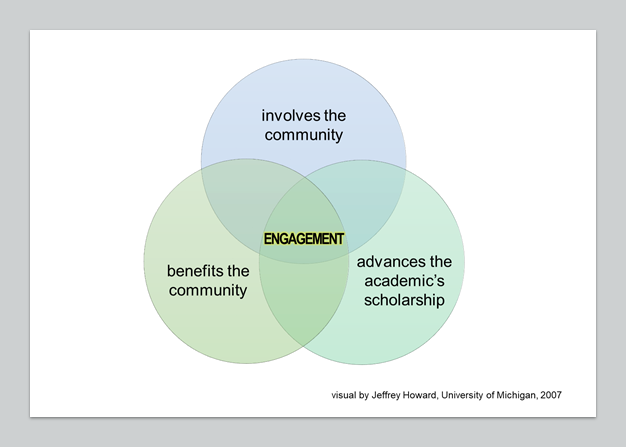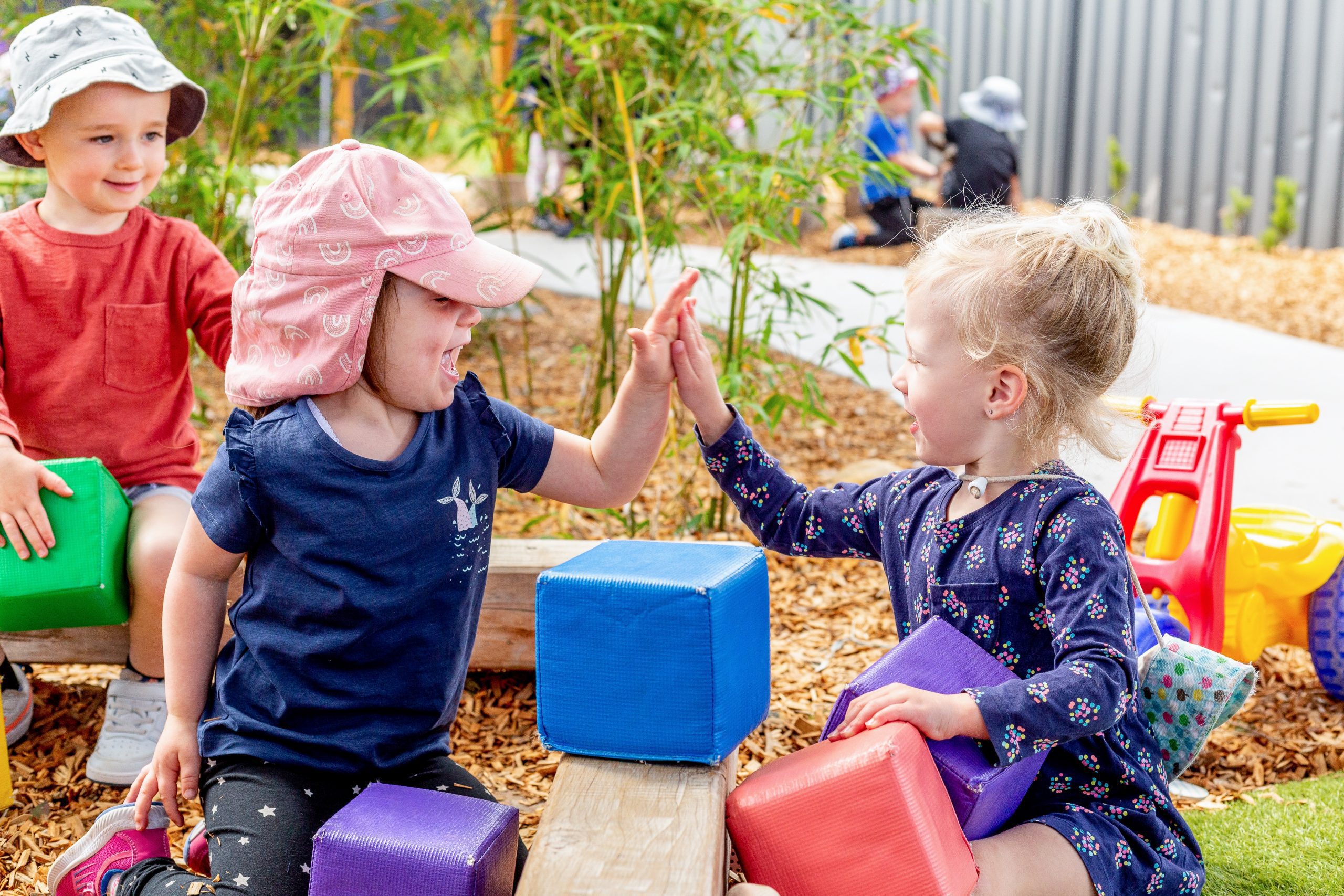
What Is Engaged Scholarship and How Can It Improve Your Research?
- December 28, 2021
- 0
Community-engaged scholarship is increasingly viewed as a valuable strategy for strengthening the quality and impact of academic research. This approach involves partnering with relevant groups or communities—those who are the focus of a research study or who may be directly affected by its findings—over the course of a research project. It represents a departure from the traditional top-down, ivory tower approach to research, in which the community is held at arm’s length and the scholar is considered the expert.
There are a number of approaches to integrating communities into the research process, including holistic methods such as community-based participatory research and participatory action research. By meaningfully incorporating community perspectives and guidance, the belief is that better research questions will be asked, more appropriate methodological strategies will be used and research findings will be more accurately interpreted and applied.
What does community-engaged scholarship look like in practice? And why should researchers invest in this type of scholarship?
Contents
Community Engagement During the Research Process
Community engagement can start during the earliest stages of a research project, with scholars seeking community guidance on what research questions should be asked and how to ask them. NYU professor Darcey Merritt interviews parents who have experienced involvement with the child welfare system (CWS) about how to best design surveys on the topic. Merritt values community input, because “I approach my work from the premise that the CWS-impacted mothers are the only true experts on these issues, and their accounts and feedback guide all aspects of an iterative and reflective interpretation process.”
Researchers may engage community partners to advise on study design and help with the recruitment of participants. In her research on the experiences of youth in foster care, Rutgers professor Cassandra Simmel has partnered with young people from Youth Move National to provide feedback on the grant proposal, serve on the advisory board and help with the recruitment of study participants. Simmel says, “I was very proud that our project team, and the other advisory group members, saw them as valued project partners and collaborators. We definitely took their advice and suggestions into account.”
Sometimes researchers employ community members to help with data collection. UT Austin professor Sandra Magaña applies the promotora de salud model, which involves hiring lay health workers in Spanish-speaking communities. In her research, she employs parents (promotoras) to deliver health education interventions to families with similar cultural backgrounds and life experiences, such as having a child with autism. According to Magaña, “This model provides a peer perspective and support to other parents in implementing evidence-based strategies. The promotoras have lived experience knowledge that professionals who do not have children with autism lack.”
As you can see, there are many ways to engage the community in the research process. What all these strategies have in common is the scholars’ belief that community engagement enhances the validity of research findings and engenders trust and participation from the communities in which their research is conducted. For more detailed insights on how to conduct community-engaged research, I recommend an excellent webinar by Child Trends, a nonprofit research organization focused on improving the lives of children and youth, and another on inclusive evidence building by two nonprofit organizations focused on using research to inform public policy, the Pew Charitable Trusts and the Urban Institute.
Sharing Findings With the Community
Another critical component of community-engaged scholarship is research translation. Too often, scholars treat publication of their research in an academic journal as an end point and put little effort into ensuring their work has a meaningful impact outside academia. But for research to have a broader impact, it must be translated and disseminated to relevant stakeholders, particularly communities that are potentially affected by the study results.
Funding agencies, including the federal government, are increasingly adopting grant-making mechanisms that emphasize research translation and impact, such as those developed by the William T. Grant Foundation and the National Center for Advancing Translational Sciences. However, it is also important for scholars themselves to take initiative in translating their work.
Research translation strategies may include using social media to share and promote findings, hosting events and presenting research to audiences outside academia, writing op-eds or participating in interviews with news media, and pursuing academic service work such as consulting or serving on a board. Ideally, scholars should seek to involve community members in the development of translation strategies, reflecting authentic dialogue versus a researcher-driven dissemination strategy.
Several organizations have emerged to support scholars with research translation and dissemination. Footnote collaborates with academics and institutions to share their research with a broader audience through mainstream media publications. The Scholar Strategy Network and the Family Impact Institute at Purdue University help researchers inform policy making. Platforms like Prof2Prof and The Conversation are intended to make scholarship in its many forms more widely available to academics and nonacademics alike. As the founder of Prof2Prof, I have been inspired by the strategies used by our members to expand the reach and accessibility of their scholarship and engage in dialogue with the community.
Building Support for Engaged Scholarship Within Academia
Pursuing community-engaged scholarship can be difficult without institutional support. Because this work is typically time intensive, it can result in fewer academic publications in its early stages, including fewer papers in top-ranked journals that tend to favor research conducted using methods viewed as more traditional. Given the importance of legacy metrics tied to academic publication in the tenure and promotion process, this can disincentivize faculty from participating in community-engaged scholarship. For scholars from historically underrepresented groups, who are disproportionately involved in community-engaged work, this has broader implications for inequities in tenure and promotion pipelines.
To normalize community-engaged scholarship within academia, those who conduct it should include sufficient methodological detail in their reports and publications to highlight both its intensive nature and its benefits to the research process. This also enables other scholars to learn how to conduct such scholarship without having to reinvent the wheel. The more academics discuss the value of community engagement and the strategies used to achieve it, the greater likelihood that research funders, academic disciplines and higher education institutions will respond and alter faculty incentive structures to authentically embrace such scholarship.
Some institutional actors are starting to do more to promote engaged scholarship. The Robert Wood Johnson Foundation’s Change Leadership Programs emphasize community-engaged research for building a national “culture of health.” Program alumni Clark Peters and Brian Sims provide guidance and lead trainings to help faculty advocate for elevating engaged research in the promotion and tenure process at their universities. Some universities have begun to offer guidance on how to achieve tenure while doing community-engaged research or have changed tenure and promotion policies to be more supportive of such scholarship. Such efforts by funders and higher education institutions are critical to changing the academic culture around “what counts” in assessments of scholarly productivity and impact.
The Value of Collaboration and Humility
Community-engaged scholarship requires not only time and effort, but also humility in the research process. It necessitates an openness to being wrong about preconceived beliefs and even the research questions themselves. Modeling humility in the research process may help earn the trust of the communities within which our research occurs and hopefully engender greater acceptance of research results by the public. This mind-set of humility should be coupled with a collaborative spirit that drives efforts to forge relationships with the communities affected by our research.
As academics engage with and learn from communities, the benefits of community engagement—more valid, compelling and informative scientific discovery—will continue to become apparent. Ultimately, the motivations driving community-engaged scholarship coalesce around a desire to improve the quality of one’s research, which should be a career-long goal for all of us in academia.
[“source=insidehighered”]




















